8 Slow Fashion Sites Rocking the Retail Tech World
To introduce Command C’s top slow fashion sites, we have a declaration: our work is–and will always be–about connection. Maybe this seems like a paradox; we’re a development studio after all. Isn’t technology impersonal? How can it facilitate connection?
But technology is the means, and connection is the result. We bring the best technology to our clients to remove any barriers between them and their customers. The tech blends into the background, allowing the brand to be experienced as its founders envisioned.
Slow Fashion is about connection as well. Two of the movement’s main goals are environmental sustainability and safe and fair conditions for workers. In the examples here, this thinking and approach is reflected by innovations throughout the brands’ sites. Let’s take a look.
Everlane: See this fit in other sizes
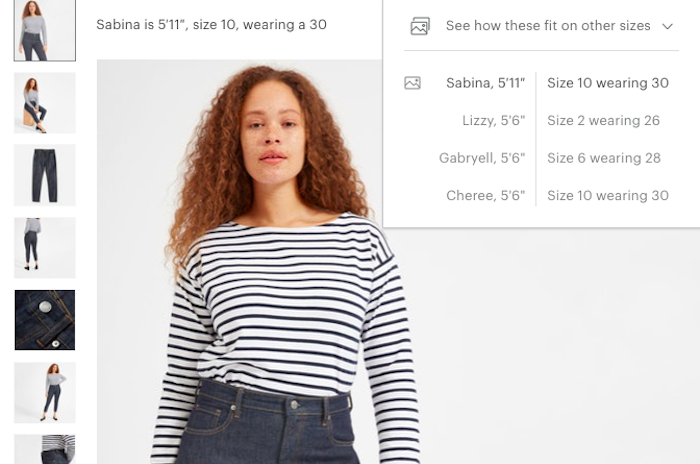
We first mentioned Everlane in our 22 Rules for Online Product Pages because the site has a super easy-to-use size and color selector. In the name of slow fashion, Everlane pioneered transparent pricing and online factory tours.
As tech and retail lovers, we’re cheering the personalization that Everlane communicates on their Women’s High-Rise Skinny Jean product page. As shown in the photo above, the product page opens with Sabina modeling the jeans. But then there’s a drop-down menu giving us the option to see these jeans on three other body types. Nice!
Pact Clothing: One simple question to personalize

This one is so simple, it’s tempting to overlook it. We all know the email pop-up to engage new shoppers on your site. But here Pact Clothing takes it one step further and literally asks the shopper to “Help us personalize your experience.” Do you want to get emails for Women, Men, or Kids?
The customer clicks on his or her preference, and Pact Clothing starts the customer relationship with this info. Again, so simple, but it means that as Pact builds rapport with the shopper, they start on the right footing.
Elizabeth Suzann: Communicating made to order
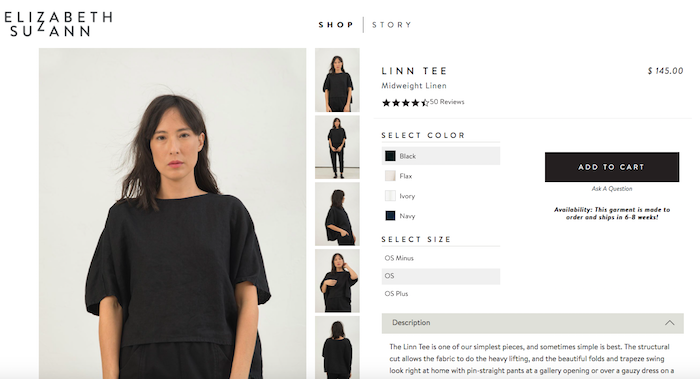
On the Elizabeth Suzann site, the Linn Tee (above) comes in three standard cuts: one size, one size minus, one size plus. But, rather than mass production, the shirt is made to order. Located in Nashville, Tennessee, they produce their line through small-scale manufacturing. We love their pride in this. On the product page, at checkout, and throughout the site they promote: “All of our made-to-order garments are designed, cut, and sewn in house – completely under one roof. Our current lead time for made-to-order garments is 6-8 weeks.” Slow fashion, indeed.
Matter: Shop by manufacturing technique

Matter clothing is created by skilled artists using earth-friendly techniques. This approach to fashion is integral to their company, and customers can shop by technique. For instance, the landing page for Blockprinting highlights the story of this craft, and the people behind it today for Matter. The page also has the SHOP button right in the center. We really like how Matter folded their various kinds of slow fashion techniques into a way to shop for their products.
Leads us to wonder: what good things does your company do behind the scenes that could come to the front end of your site?
Reformation: Easy shopping with virtual/physical dressing rooms
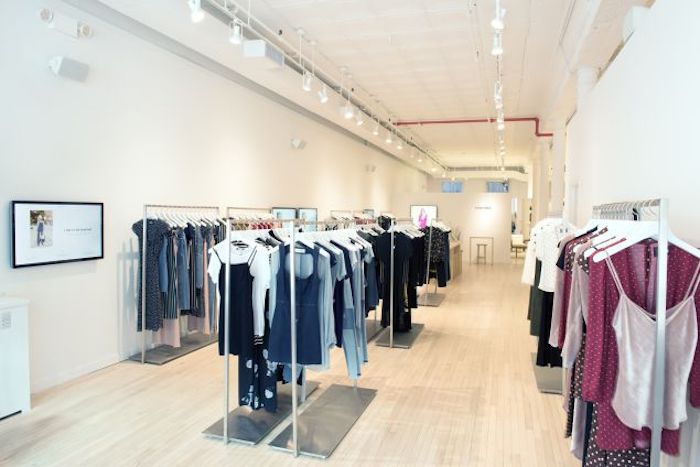
The Reformation store in NYC’s Nolita neighborhood is a super cool example of in-store innovation. Until now, one of the biggest drags of in-store shopping is having to sift through a dozen different sizes to find the right fit. Reformation has created a new approach: every garment in the store is a sample. When a customer finds something she likes on the store floor, she heads over to one of the wall-mounted screens. She types her name into the screen which creates both a virtual and physical dressing room. She adds the things she wants to try on into the virtual dressing and – voila! – walks over the the physical dressing room and finds all the pieces ready for her. If she doesn’t want to interact with the large screen, she can work with the sales team in the store. They all have the same capabilities through an app on their phones.
Bonus tech: When shoppers enter dressing room, they can select one of three options for lighting: Cool, Golden, or Sexy Time.
United by Blue: With every product, the mission
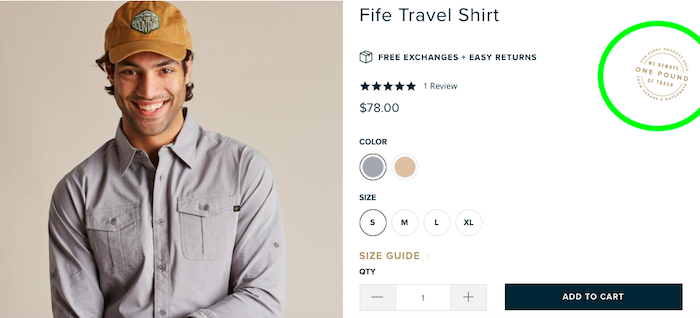
United by Blue is a stellar example of community engagement. On every product page, like the one above for their Fife Travel Shirt, they announce that for every product sold, the company removes a pound of trash. When customers click on the icon that states this (see the green circle), a pop-up appears stating the company’s mission. It includes, “We created this company because we wanted to make a bigger, more measurable impact on our oceans and encourage people to do the same. So we stopped simply writing checks and started organizing and hosting these cleanups. We wanted to do our part to clean the waterways ourselves.”
Then they offer a link for customers to join in the next local cleanup. Three cheers for walking the walk! No doubt their customers dig the clothes and the environmental impact.
Cuyana: Recycling Old Clothes with The Lean Closet
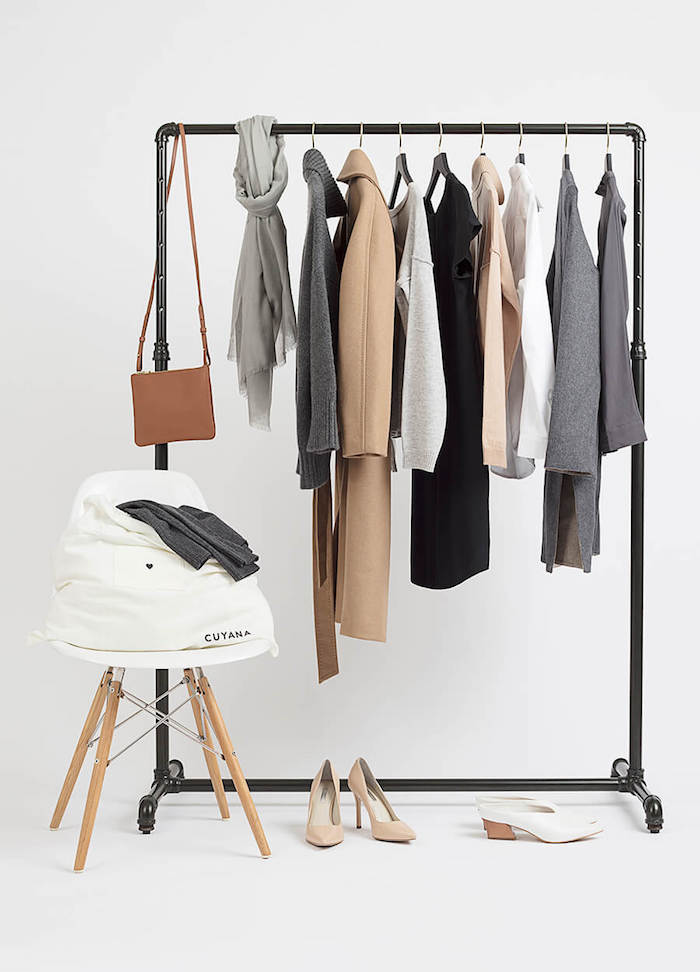
Cuyana lives by a refreshing take on fashion: “We truly believe that fewer, better things will lead to a fuller, richer life.” With this in mind, they created the Cuyana Lean Closet.
When a shopper buys something on the Cuyana site, she has the option to add a “Lean Closet card” at checkout. If she does this, then Cuyana will include a bag and shipping label in the order. When the order arrives, she fills the bag with unwanted items from her closet and ships it to Cuyana. The company then donates these clothes to women looking to start a new life after trauma from abuse.
Also, for every donation, Cuyana gives customers a $10 credit towards their next purchase. Here the company has helped customers recycle their clothes, provided new clothes to women in need, and incentivized shoppers to keep the cycle going through a credit for their next purchase. Awesome.
Note: In the home furnishings vertical, Coyuchi for Life also has a cool recycling program for linens. Check it out!
Stitch Fix: The North Star of Personalization
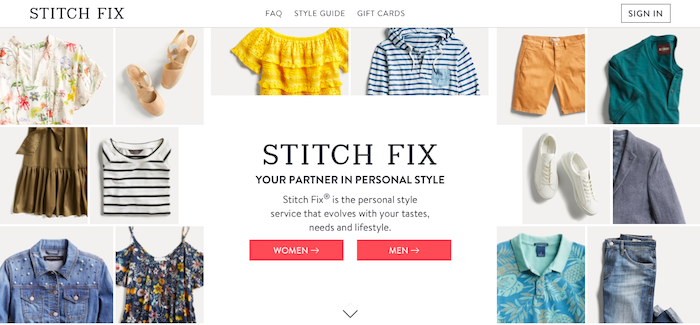
It’s impossible to talk about the vanguard of fashion today without mentioning Stitch Fix. This spring, we got to hear Megan Watson, Product Manager at Stitch Fix, explain how the company operates. In particular, one aspect of their work has stayed with us: as we’ve discussed, they collect a lot of information about every customer through their surveys. THEN the surveys are given to real, live human stylists to create the customer’s Fix. The stylist would not be successful without the personalized surveys. Likewise, the Fix would not work without the custom touch of the stylist.
Stitch Fix is also replies via email to any questions or specific notes from the customer while the Fix is being prepared. So, yes, Stitch Fix is built upon customer data, but their personal interactions with customers create the long-term loyalty.
In conclusion
We love how these brands are all using technology to further their company mission and deepen customer relationships. Some of the solutions are simple, while others are more complex. Yet each and every one feels authentic. In every case, the retailer has created a new experience. Now let’s do the same for your retail business.
